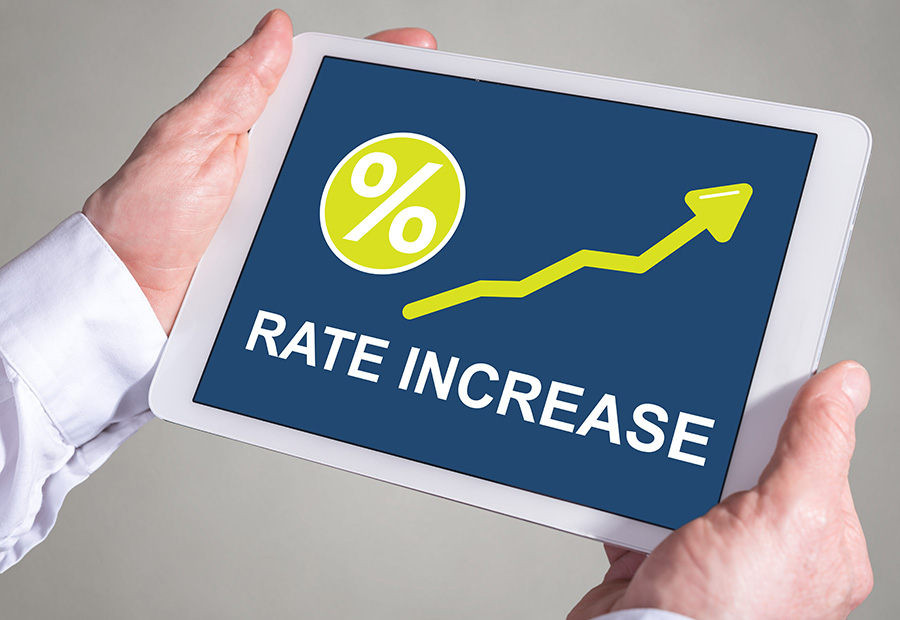An April 10, 2025 article in The National Observer suggests that tariffs…

Higher interest rates and commercial real estate
As everyone expected, the Federal Reserve raised interest rates another 25 Basis Points again the first week of May, raising them from 5% to 5.25%. “The latest interest rate hike by the Fed is unnecessary and harmful,” wrote National Association of Realtors Chief Economist Lawrence Yun.
Given the three bank failures in two months and concerns that further actions could tip the economy into recession, this has been a more criticized interest rate decision than several preceding ones. “This cycle of interest rate hikes is ten times more than ever in history,” claims CCIM Economist, KC Conway.
Bank fallout
Each upward move of interest rates only exacerbates the issue for many banks. “The fast rate hikes by the Fed have upended the balance sheets of many small regional banks,” Yun said. To assess a bank’s financial position, discover your financial institution’s The Texas ratio. The ratio is non-performing assets divided by the sum of a bank’s tangible common equity and loan loss reserves. The higher the Texas ratio the more financial trouble a bank might be in.
One way to protect your bank balances in excess of the FDIC’s insured amount of $250,000 is to ask your banking relationship to spread deposits in excess of $250,000 insured ceiling to other institutions. They can accomplish this via the Certification of Deposit Account Registry Service (CDARS) which allows a business to invest in CD’s held by different FDIC insured Banking institutions.
When will the Fed stop raising rates? The time could be coming soon. According to Greg McBride, Bankrate Chief Financial Analyst, “if the financial system remains stable, this likely isn’t the last rate hike.” But if another financial institution collapses and conditions deteriorate, the question becomes how soon the Fed will reverse course and begin cutting rates – aggressively. A pause may be around the corner, as the Fed continues to watch how the US economy evolves. The labor market, unemployment, payroll numbers as well as GDP, will all play a role in the Fed’s continued assessments. While the Federal Reserve has laid the groundwork for a pause at the June meeting, additional strong economic data would keep them firmly on the side of a tightening bias.
How rate increases affect CRE
What does this mean for commercial real estate? Higher interest rates mean lower values. When a buyer or investor considers the purchase of an asset, the rate at which they leverage the asset ultimately determines their return on investment. Translating that to values, the more it costs to leverage the asset, the higher the capitalization rate will need to be; which in turn lower the value. Although transaction volume has remained about the same, the buyers we see in today’s market are paying cash or buying with seller financing. Additionally, we are starting to see more assets selling on the auction block as well.
In every type of market, there is opportunity for both buyers and sellers. Give me a call so we can discuss your commercial real estate goals even in this higher interest rate market.



